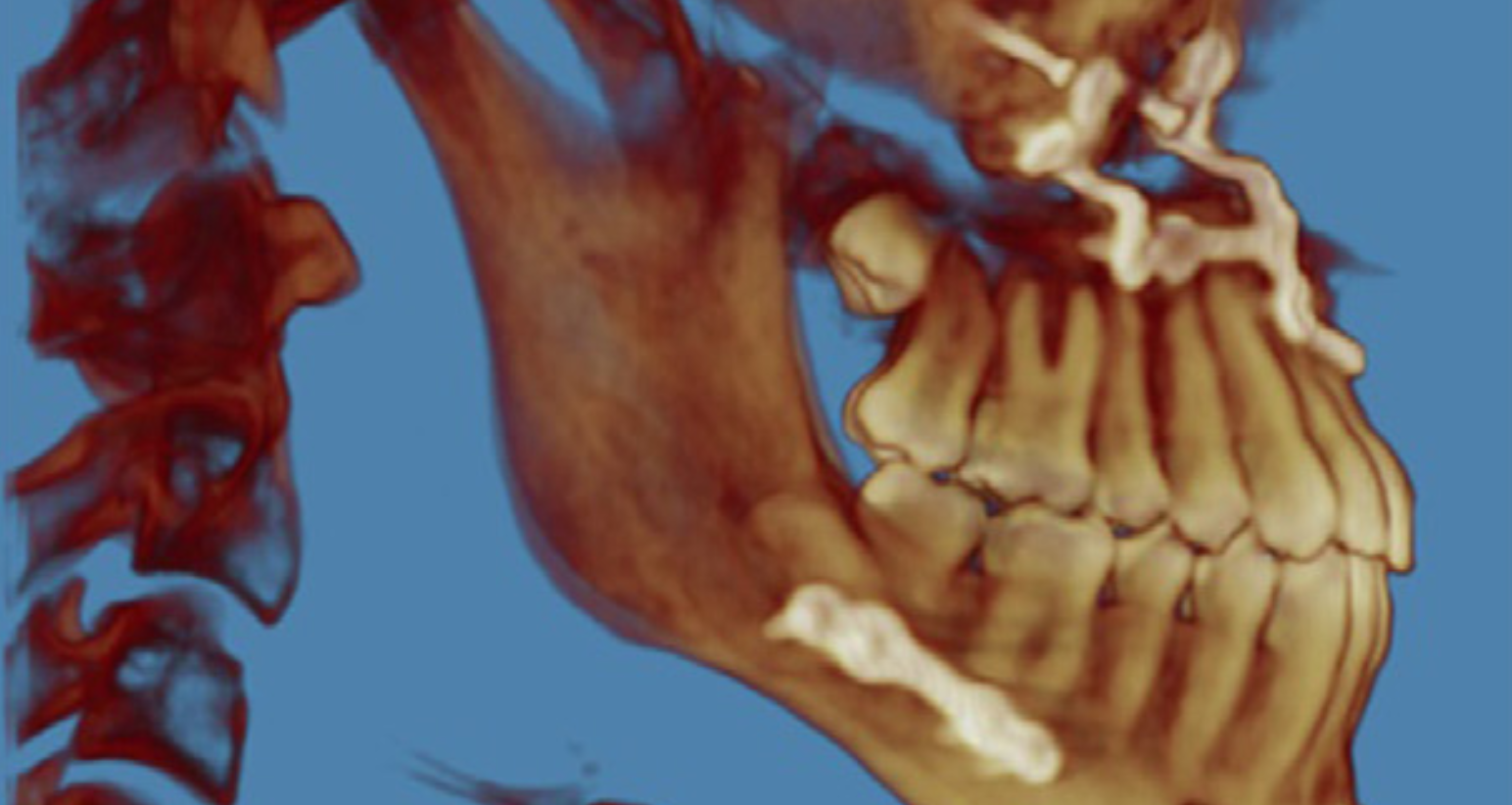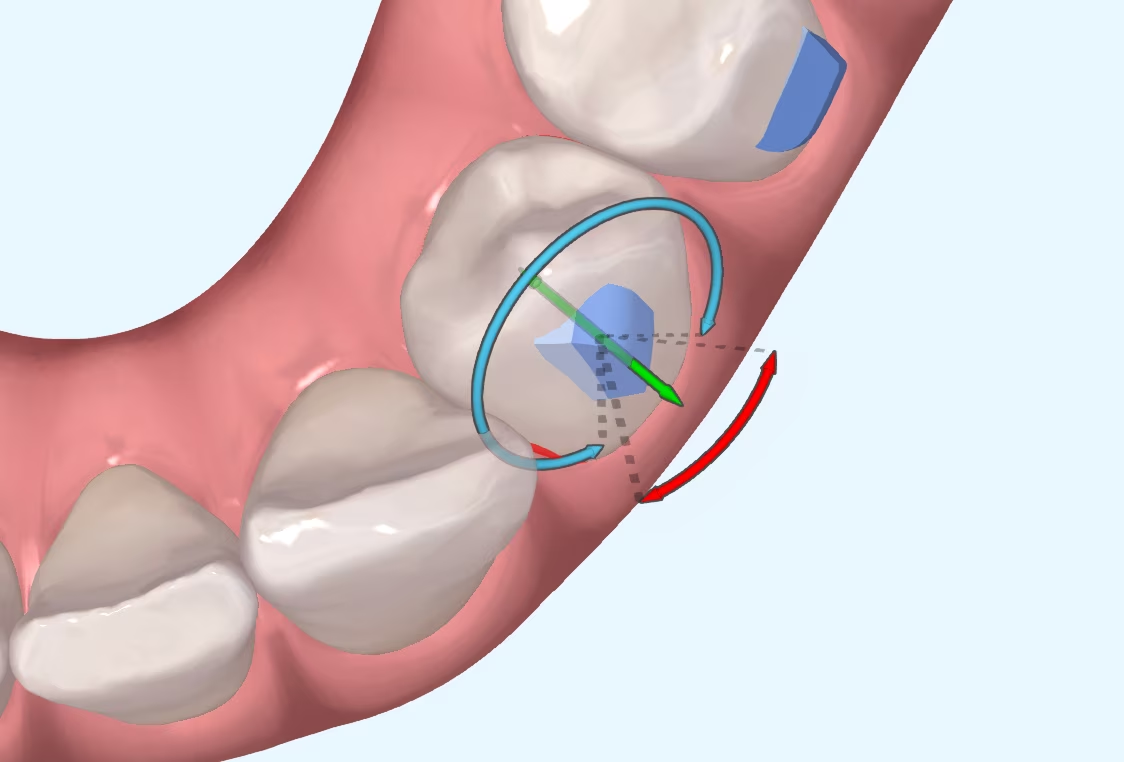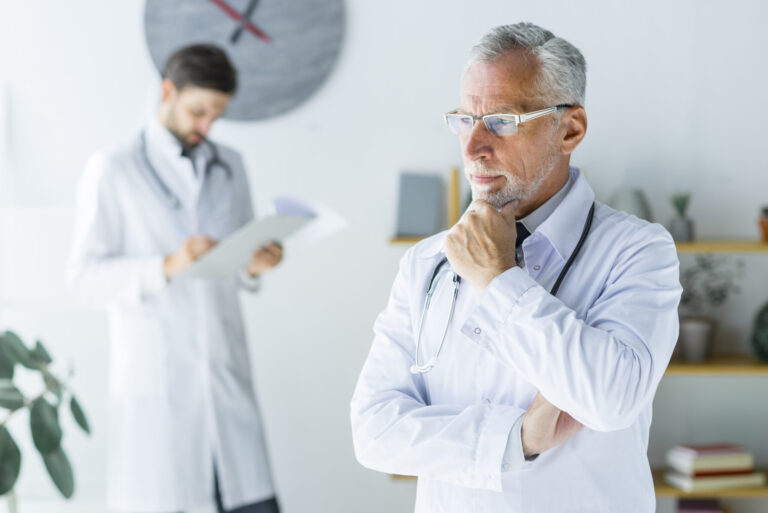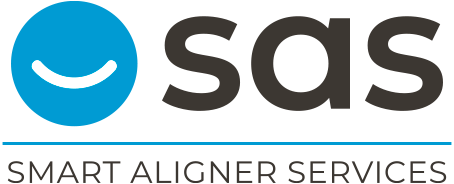
Are aligners of any benefit in surgical cases?
Orthodontic treatments, whether aligners or braces, have their limits and may not be suitable for all cases. For this reason, some of our patients will need to undergo a orthognathic surgery treatment combined with orthodontics in order to solve the problem adequately. In those malocclusions where the patient presents a severe skeletal problem, the possibility of opting for an orthodontic treatment can be considered. orthodontic-surgical treatment may be the best solution.
Let us not forget that there are patients who, despite understanding the severe problem they have, are not willing to assume the cost or risks of orthognathic surgery and prefer to try to solve or compensate for their problem with orthodontic treatment alone. However, there are patients who do choose to undergo surgery. These cases, however complex they may seem, can also be treated with aligners.
Is there any problem if we treat a case of orthognathic surgery with aligners? In principle, there is no clear contraindication for using aligners in this type of orthognathic surgery.
patients. It will depend mainly on the technique with which the orthodontist and surgeon feel most comfortable or master the best. There is no one best or worst, each professional will simply offer the patient the method that gives them the best guarantee of being able to solve the case well. The considerations to be taken into account in a surgical case treated with braces are different to those of a treatment with aligners, but the vast majority of them can be resolved in a similar way, obtaining a good result.
As with other malocclusions, such as extractions, we may think that treatment of the surgical patient with fixed orthodontics will be easier and more predictable than with aligners. This is not always true. The growing demand for invisible orthodontic treatment means that we are "forced" to treat all types of cases, however difficult they may be, with this technique. Orthognathic surgery treatments with aligners are not always as complex as they seem. Sometimes we need to use micro-screws, it may be necessary to make distalisations... but if we are clear about the objectives of the pre-surgical phase in the planning of the case, we can achieve them just as well with aligners as with braces.

Beyond what the patient demands... is there any advantage to treating orthognathic surgery patients with aligners? There are some studies that have found no significant differences in treating these patients with both techniques. But a recent study published by Guntaka et al. did find better results in the case of orthognathic surgery patients with aligners. level of inflammation postoperatively in patients treated with aligners versus patients treated with fixed orthodontics.
The results of this study should be taken with a pinch of salt, as it has some limitations. For example, the study's sample is very small, and its character
The retrospective analysis means that the results cannot prove a causal relationship between the type of treatment and the level of postoperative inflammation. But, although not scientifically proven, it is logical that, as a general rule, a patient with braces will have worse hygiene than a patient with aligners in the first weeks after surgery. The limited opening and discomfort will cause patients to brush worse, facilitating the accumulation of plaque and the consequent inflammation. If we add to this all the appliances placed on the teeth, good hygiene can become mission impossible.
For this reason, although it is still not a very widespread technique and there are professionals who continue to opt for using fixed appliances to treat surgical cases, the
Invisible orthodontics is a completely valid solution and can enhance the patient's treatment experience. For this reason alone, it is worthwhile
We need to consider it.
Guntaka PK et al. Do patients treated with Invisalign have less swelling after orthognathic surgery than those with fixed orthodontic appliances? Am J Orthod Dentofacial Orthop 2022.
Share this post:
Other entries

Which attachments are better for premolar rotation?
I suppose many of you are familiar with the myth of Achilles, the Greek hero who was immersed as a child in the River Styx by his mother in order to make him

Has CBCT been a step forward in dentistry?
What is CBCT? CBCT is a medical imaging technique that uses a special type of computed tomography (CT) scan to obtain three-dimensional images.

Mastering the Overbite: Strategies and Challenges:
Challenges of Overbite In the more than 20 years that we have been working with invisible orthodontics, we have gone from considering some malocclusions "impossible" to daring to

Are we aware of what we are doing?
It is not a question to make us feel guilty. It is only a question that invites us to reflect, to think about the impact we can have in

MARPE: Is there an age limit for placement?
Introduction: Understanding Maxillary Compression Maxillary compression is a relatively common problem seen in our daily practice. This osseodental discrepancy that presents the


